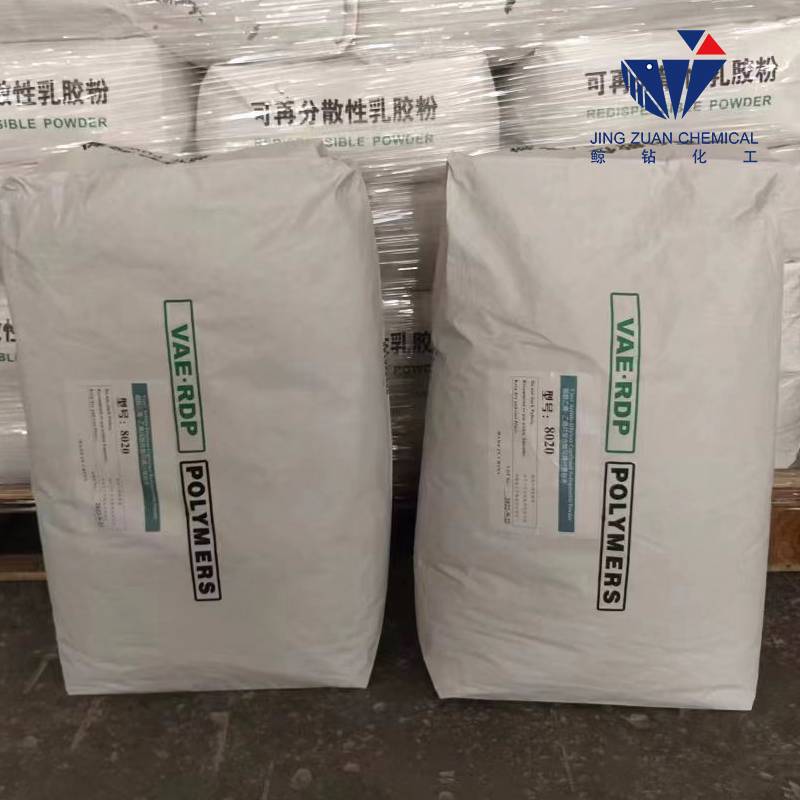
Nov . 14, 2024 18:41 Back to list
hpmc viscosity table
Understanding HPMC Viscosity Key Insights and Applications
Hydroxypropyl Methylcellulose (HPMC) is a widely used polymer in various industries, notably in pharmaceuticals, food, cosmetics, and construction. One of the critical parameters that define the performance of HPMC in these applications is its viscosity. Viscosity plays an essential role in determining the flow characteristics, stability, and overall quality of products that utilize this versatile polymer. This article delves into the significance of HPMC viscosity, examines the factors influencing it, and explores its practical applications through a comprehensive viscosity table.
What is HPMC?
HPMC is a semi-synthetic, non-ionic polymer derived from cellulose. The modification process endows HPMC with favorable properties, including solubility in water and high viscosity. HPMC has gained prominence in various commercial formulations due to its ability to retain moisture, enhance texture, and act as a thickening agent. These properties make it a staple in industries that require reliable and stable formulations.
Importance of Viscosity
Viscosity, defined as the measure of a fluid's resistance to flow, significantly impacts the formulation and application of HPMC solutions. When HPMC is dissolved in water, it forms a gel-like solution with specific viscosity characteristics depending on several factors, including concentration, temperature, and type of HPMC used. Controlling viscosity is crucial in product development since it affects the texture, mouthfeel, and release of active ingredients in pharmaceutical formulations.
Factors Affecting HPMC Viscosity
1. Concentration As the concentration of HPMC in a solution increases, so does the viscosity. This relationship is crucial for developers, as the desired viscosity must be achieved for optimal product performance.
2. Temperature Viscosity is also temperature-dependent. As temperature increases, viscosity typically decreases, resulting in higher fluidity. This property is essential during the manufacturing process, where temperature control can lead to more efficient mixing and processing.
3. Degree of Substitution The degree of substitution (DS) refers to the amount of hydroxypropyl and methyl groups replaced in the cellulose chain. Higher degrees of substitution often lead to increased viscosity, impacting how the polymer behaves in various formulations.
4. Molecular Weight The molecular weight of HPMC affects its viscosity. Higher molecular weight HPMC provides thicker solutions, while lower molecular weight varieties tend to have lower viscosity.
hpmc viscosity table

HPMC Viscosity Table
A viscosity table for HPMC serves as a valuable reference for formulators. Below is a simplified example of what such a table might include
| HPMC Type | Viscosity (cP) at 2% Solution | Degree of Substitution | Applications | |-------------------|-------------------------------|-----------------------|--------------------------------| | HPMC 50,000 | 4000 | 1.2 | Pharmaceuticals, Food | | HPMC 15,000 | 1200 | 1.5 | Cosmetics, Personal Care | | HPMC 5,000 | 250 | 0.9 | Construction, Adhesives |
This table highlights the viscosity characteristics of different HPMC grades, allowing formulators to make informed decisions about which type of HPMC to use based on desired viscosity and application requirements.
Applications of HPMC with Respect to Viscosity
1. Pharmaceuticals In drug formulations, HPMC serves as a binder, controlled release agent, and thickener. The viscosity of HPMC dictates the release profile of the active ingredients, ensuring effective dosage forms.
2. Food Industry HPMC acts as a thickening and stabilizing agent in various food products, enhancing mouthfeel and preventing the separation of ingredients.
3. Cosmetics In cosmetics, the texture and viscosity of formulations influence product appeal. HPMC is used to create creams, lotions, and gels with the desired sensory attributes.
4. Construction Materials In construction, HPMC improves the workability and adhesion of cement and mortar mixes. The viscosity affects the application properties and setting time of these materials.
Conclusion
Understanding HPMC viscosity is fundamental to successful formulation across various industries. By utilizing viscosity tables, formulators can select the appropriate HPMC type to achieve desired product characteristics. The versatility and reliability of HPMC make it a critical component in developing high-quality products that meet consumer needs and regulatory standards. Whether in pharmaceuticals, food, cosmetics, or construction, mastering HPMC viscosity ensures enhanced performance and quality in diverse applications.
-
Why HPMC is a Key Additive in Wall Putty Formulations
NewsAug.05,2025
-
Redispersible Powder in Decorative Renders: Function Meets Finish
NewsAug.05,2025
-
Redispersible Powder for Interior Wall Putty: Smooth Results Every Time
NewsAug.05,2025
-
HPMC’s Water Retention Capacity in Dry Mortar Applications
NewsAug.05,2025
-
HPMC Factory Contributions to Liquid Detergents
NewsAug.05,2025
-
How HPMC Factory Products Change Detergent Textures
NewsAug.05,2025







